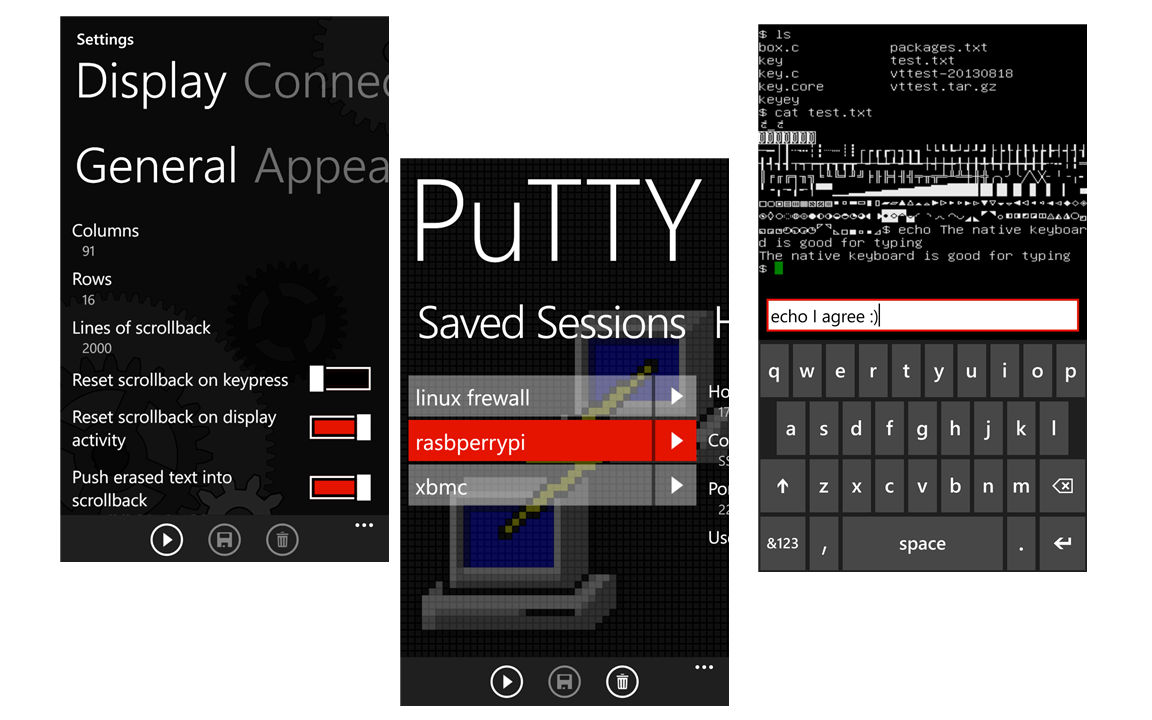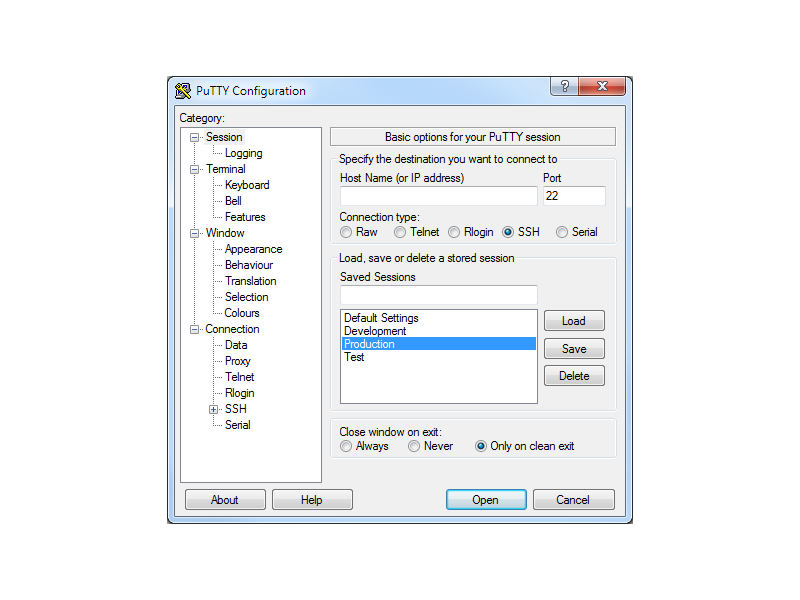
The success of spinal fusion greatly depends on instrumentation, construct design, and bone grafts used in surgery. There are many different treatment modalities for back pain, with a frequent option being spinal fusion procedures. 32 Yet, interestingly, there are common observations across these studies: Syngeneic bone graft, a proxy for ICBG in this model, containing some live cells yielded low fused rates (13%, 33%, and 40%) across the studies, whereas the Osteocel Plus preparations consistently yielded almost no sites fused (0%, 0%, and 7%).īack pain is a common chief complaint within the United States and is caused by a multitude of etiologies. 33,34,76 Using this model, Bhamb et al 33 reported at 8 weeks a 0 of 16 fusion rate in rats implanted with CBM Osteocel Plus Pro (NuVasive) compared with 88% to 100% fusion rate after noncellular human DBM-based products were implanted (Acell Evo3, DBX Mix, DBX Strip, Grafton Crunch, Grafton Flex, and Grafton Matrix), and 13% (2 of 16) The findings of these studies highlight the variability among CBM commercial products and potentially among production lots. In a well-established rat model, fusion is assessed by manual palpation of a bony mass 6 to 8 weeks after implantation of DBM-based or CBM-based graft placed between the transverse processes during a posterolateral fusion procedure. Number 675: Small regions of viable trabeculae sprouting out of the original TPs partially encasing spicules of residual implant material, most are nonviable bone surrounded by fibrosis. Numerous trabeculae of acellular bone present. There are no trabeculae of viable lamellar bone bridging TPs.

Scattered multinucleated, giant cells and lymphocytes evenly spaced between TPs. Osteocel Plus, Number #613: Shows spaced spicules of residual implant material surrounded by moderate amounts of fibrosis. Number 913: Residual implant material midsection. Numbers 908 and 910: A thin track of braided material defined the border sites. Magnifuse: There was a rim of lamellar bone surrounding margins of the areas of interest, 65% new bone with broad, variably shaped trabeculae. This ''nonunion'' restricted motion sufficiently that, coupled with the left sided fusion, this rat was evaluated as fused by manual palpation.

Number 059R: Mildly robust trabeculae are interrupted by a central fibrous tract bisecting the right implant site histologically not fused on the right but fused on the left. Grafton Putty: Histology shows 77% new bone, typically with an outer rim of lamellar bone with regular trabeculae, oriented relatively uniformly throughout.


 0 kommentar(er)
0 kommentar(er)
